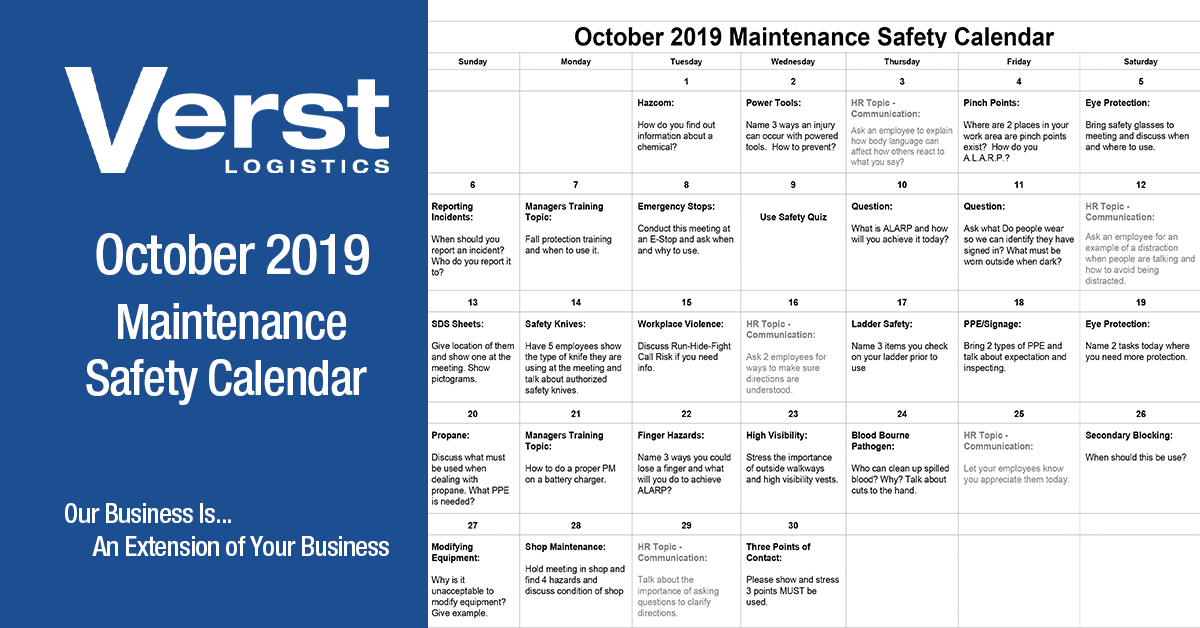
September 18, 2018
CSA stands for Compliance, Safety, Accountability, and is an FMCSA initiative that was introduced to improve the overall safety of commercial motor vehicles.
But why does CSA matter?
Based on carrier performance and driven by the data collected on them, it is a safety enforcement program meant to allow the FMCSA to put a more intense focus on companies that pose the highest safety risks on the roads.
The ultimate goal of the CSA program is to make the roads safer for both carriers and the public. To achieve this, both motor carriers and drivers are held accountable for their role in safety. Through compliance with safety rules, motor carriers and drivers should be able to identify and rectify potential safety concerns before they cause harm.
A company’s safety data is collected from roadside inspections, crash reports, investigation results and registration details. All this data is then made available on the FMCSA’s Safety Management System (SMS) website, which is updated on a monthly basis.
The SMS takes into consideration the amount, severity and date of any violations, inspections or crashes a carrier has been involved in. There is more weight given to violations that are more recent, and after two years violations are removed from the record. Also, crashes are weighted based on severity, so a crash involving a fatality or injury has more impact on your score than one that just required a tow.
This data is broken down into seven different categories. These categories are called Behavior Analysis and Safety Improvement Categories (BASICs) and they cover:
With this data categorized, the SMS then groups carriers, with the same range of safety events, together by each BASIC. It will rank all carriers and assign them a percentile from 0 – 100. Carriers are then prioritized for interventions based on how they performed, with the highest percentiles being the worse scores. Improving scores in any of the BASICs comes from new inspections that are violation free.
CSA scores are also made publicly available, however, the public do not have access to the Crash Indicator or Hazardous Materials Compliance BASICs.
Tags:

Transportation Safety covers all types of vehicles, and includes both occupational and non-occupational hazards associated with them. With more than 100,000 injuries and over 4,000 fatalities per...

Regular maintenance is required to keep all equipment, machines and the work environment safe and reliable at all times in the warehouse. Dangerous situations, accidents and health problems can occur...
Resources
Connect